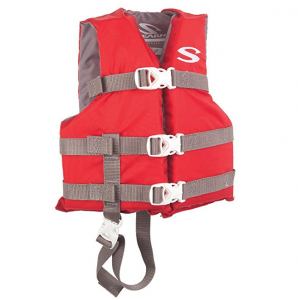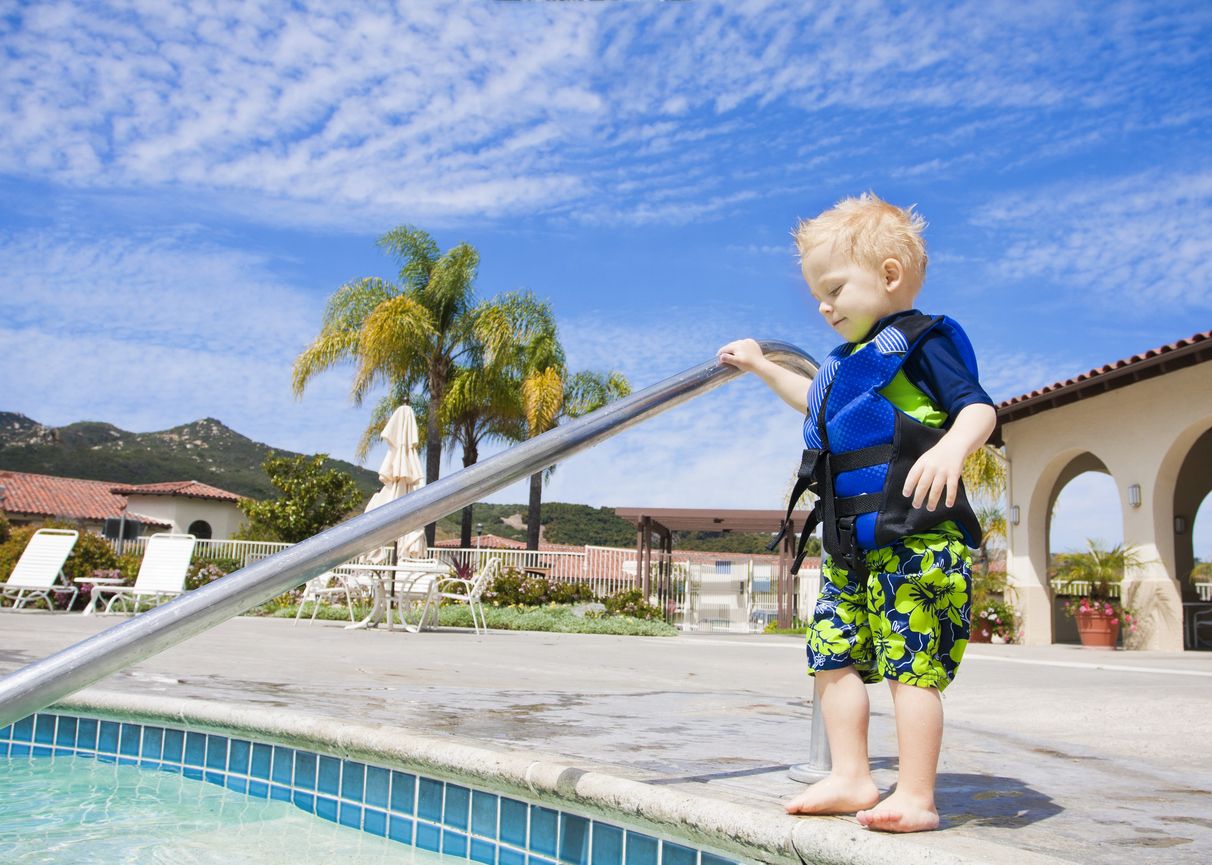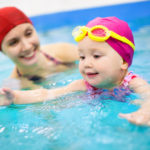How can I keep kids safe around water? Important question!
Child drowning doesn’t happen like you see on TV, there’s usually no big splash, or yell… it tends to be quick and silent.
A child will fall in headfirst, and then sink straight down. Scary!
Don’t let this happen to your family.
Read on to learn the drowning risks every parent should be aware of, and some steps you can take to keep kids safe around water.
The Risk Of Drowning Is Real
Water can be dangerous for little ones. According to the Centers for Disease Control and Prevention, every year about 800 children drown.
In fact, drowning is the leading cause of injury-related death for kids age 1-3, and the second leading cause in kids under 15.
Those are some sobering statistics, which is why water safety is such serious stuff!
Most parents think it won’t happen to them because they always keep an eye on their children. But you know how fast small kids can move!
A child that’s underwater will lose consciousness after only two minutes, and can have irreversible brain damage within 4-6 minutes.
It can really happen that fast! Which is why it’s so important to be aware of the risks.
Risk By Age
Babies are at the greatest risk of drowning in the bathtub.
NEVER leave an infant unattended or unsupported in the tub. They can drown in as little as one inch of water.
Younger kids (preschoolers and toddlers) tend to drown in swimming pools. While kids aged 5-14 are more likely to drown in oceans, rivers, or lakes.
To keep kids safe, it is ESSENTIAL that when your child is in or near the water you (or another responsible adult that you absolutely trust) keeps an eye on them at ALL times.
Even if you see a child fall into a lake or pool, they can be really hard to find once they go under the water….so you need to stay vigilant to keep track of where they are.
When looking for a safe place to swim, be sure to find areas supervised by a lifeguard.
Watch for any posted warnings, stick to designated swim areas only, and if the current or waves seem too strong, then don’t let your child go in.
Also, don’t rely on the lifeguard to watch your child every minute. They can’t possibly keep track of every kid in the water.
Be sure you, or another designated adult in your group, is keeping constant watch.
Proper Safety Devices
Use proper safety devices, especially near large bodies of water like oceans and lakes.
Arm floaties are NOT approved for safety, and won’t protect your child from drowning if they fall in.
It is important to be sure kids wear a U.S. Coast Guard-approved life vest when they are on a boat, raft, or canoe or near a large open body of water.

If you have a kiddie or inflatable pool in your yard, empty it out between uses (so your kids don’t jump or fall into the water unsupervised).
Also, turn the pool upside down if there’s any chance of rain, so it won’t accumulate water. This can be a drowning hazard for young kids.
Have a great time at the pool or beach! Just be sure to follow these precautions to keep kids safe around water.
SHARE how to keep kids safe around water on Facebook and Pinterest by clicking the buttons below.












